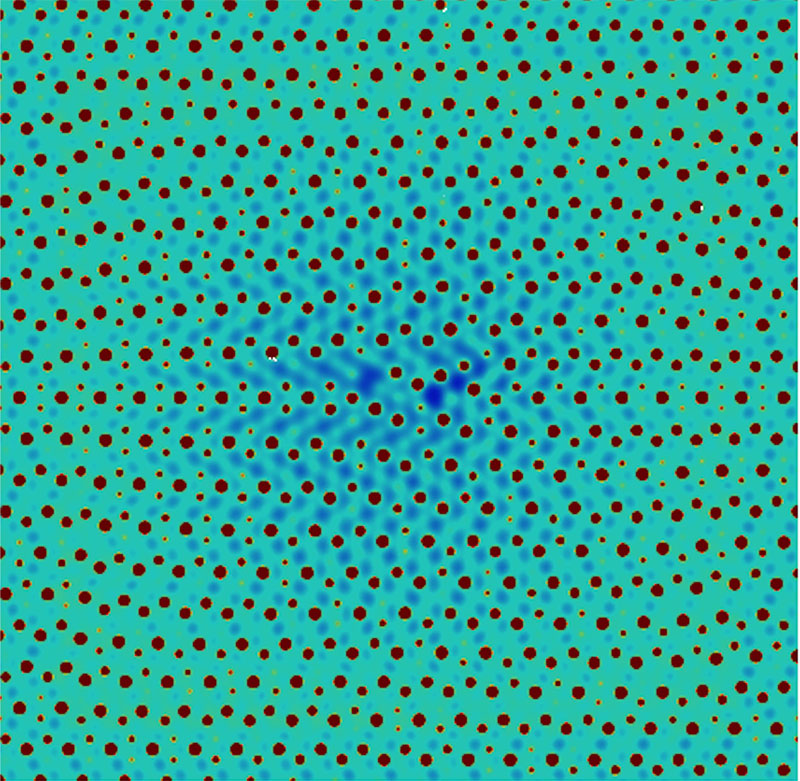Mechanical Engineering Associate Professor, Vikram Gavini, along with his group members Sambit Das (PhD student, ME) and Dr. Phani Motamarri (Assistant Research Scientist, ME) have taken great strides in accelerating density functional theory (DFT) calculations on some of the world’s largest supercomputers, via the development of DFT-FE—a massively parallel real-space code for large-scale DFT calculations of materials properties. Working with collaborators from Oak Ridge National Laboratory, Los Alamos National Laboratory and Nvidia, they have tackled a challenging dislocation system in Magnesium (an important candidate for light weight structural alloys), and have demonstrated unprecedented performance among DFT calculations, afforded by DFT-FE. This work has been selected as a finalist for the 2019 Association for Computing Machinery (ACM) Gordon Bell Prize. The other finalist is a team from ETH Zürich. The two finalists of the ACM Gordon Bell prize will present their work at the Supercomputing Conference 2019 to be held in Denver, Nov 17-22.

The Gordon Bell Prize is given annually for outstanding achievement in high-performance computing. The purpose of the award is to track progress over time of parallel computing, with particular emphasis on rewarding innovation in applying high-performance computing to applications in science, engineering, and large-scale data analytics.
Professor Gavini remarks, the performance of DFT-FE is a culmination of efforts from his group over the past 7 years. These involved developments of a computational framework for adaptive finite element discretization of DFT, algorithmic advances in solving the governing equations in DFT, and innovations in parallel implementation—all of which were crucial to the performance of DFT-FE. In return, DFT-FE demonstrated a sustained performance of 46 PFLOPS (27.8% of FP64 peak) on a dislocation system in magnesium-containing 105,080 electrons using 3,800 GPU nodes of ‘Summit’, the current fastest supercomputer in the world.
As a race among nations intensifies to create the first exascale machine, this research means so much more to be able to use these supercomputers to tackle the challenging problem. Exascale machines will be capable to complete a billion, billion calculations per second. The current 46 PFLOPS on the ‘Summit’ supercomputer that was recorded by DFT-FE is unprecedented for DFT codes, and the time-to-solution was shown to be 9 times faster than state-of-the-art codes.
We congratulate the team for achieving these high watermarks in DFT calculations in terms of scalability, time-to-solution and performance.